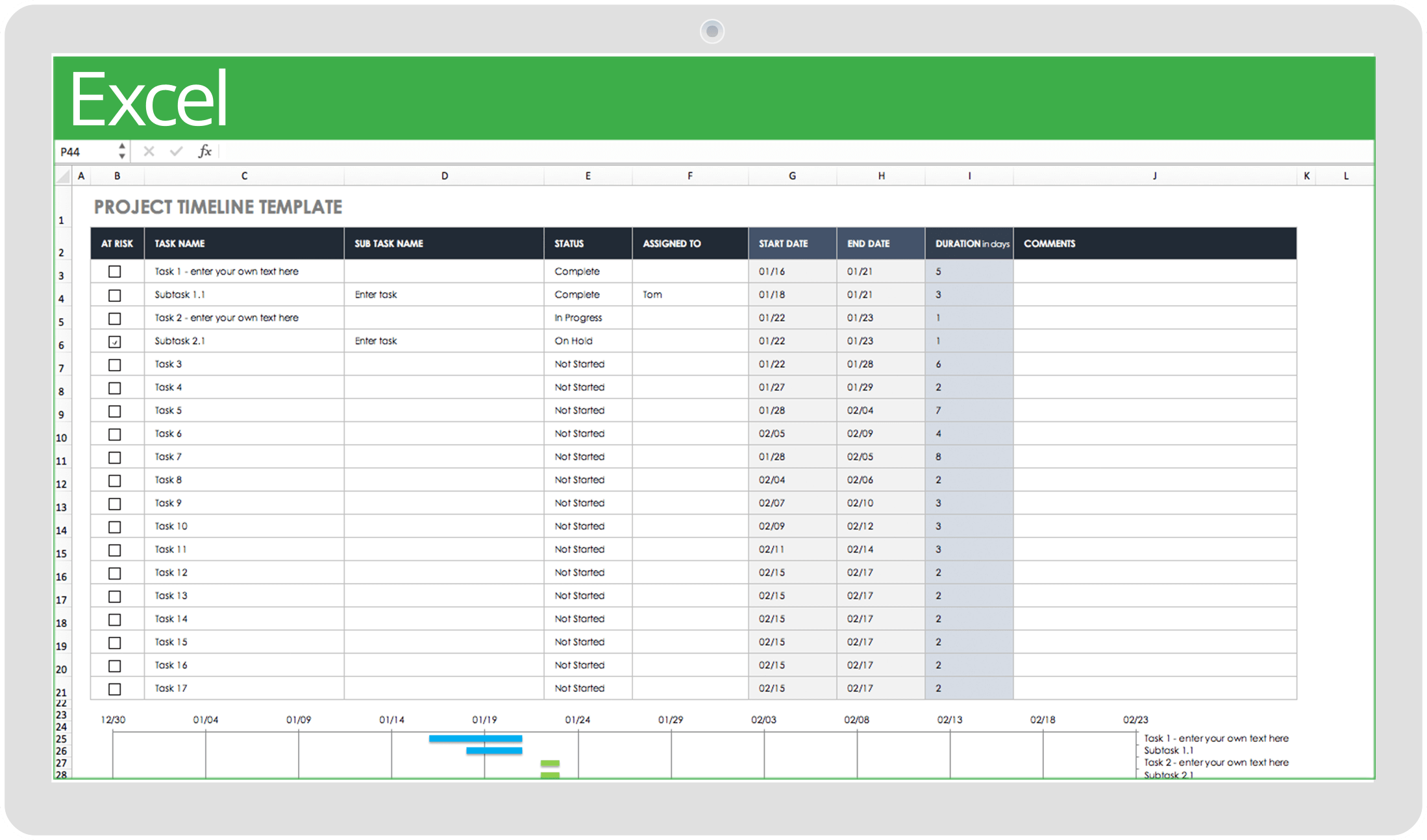

Which of the following statements is true regarding joint ventures?Ī. Due process involves presenting evidence, not creating it. Awarding damages is a possible remedy or outcome of civil litigation. Obtaining witnesses is a pretrial activity. To obtain legal counsel, the right to be heard in court, the right to confront the accuser, etc. In many societies, these rights include the right to be notified of accusation or lawsuit (providing notice), the right Legal procedure refers to the methods and processes that are used to protect an individual's or business's legal rights. Due process is the concept that the government must respect all of the legal rights that are owed to individuals and businesses according to the law of the land. A basic principle of procedural due process involves _ before taking action?
.svg/1200px-Microsoft_Office_Excel_(2019–present).svg.png)
A patent protects an owner's invention from useĪnd distribution by unauthorized individuals. Probate is the legal process of validating a will and distributing assets to beneficiaries. Constitutional law is a body of law that addresses issues related to the Constitution and Constitutional rights. Contract law is an area of law that governs oral and written agreements-promises-that involve the exchange of goods, services, money, and/or property. TERMS IN THIS SET (100) What type of law focuses on issues regarding the promises that businesses make with their customers, vendors, and other business partners?Ĭontract. Outcomes: the final results of care, treatment, and services in terms of the patient's expectations, needs, and quality of life, which may be positive and appropriate or negative and diminishing +23 more terms Processes: interrelated activities in healthcare organizations, which promote effective and safe patient outcomes across services and disciplines within an integrated environmentģ. Know the 3 parts of the Healthcare performance improvement philosophies and the meaning of each 1. What is performance Measurement? A gauge used to assess the performance of a process or function of any organization. > The process is limited in the time alloted, 5 to 15 minutes at most. > Ideas are never criticized or discussed during the brainstorming period > All ideas are written down on a white board or flip chart in the team member's own words. > Everyone agrees on the issue to be brainstormed Generals rules followed during brainstorming: Some members may have no ideas to offer, and others may contribute a number of ideas. Unstructured brainstorming: members of the team offer ideas as they come to mind. This process continues until participants have no new ideas to suggest or until the time period set in the meeting's agenda has elapsed. Each team member comments on the issue in turn or passes until the next round. Structured brainstorming: the leader solicits input from team members by going around the table or room. brainstorming can be conducted in a structured or an unstructured way. e.g joint commission's core measures Brainstorming - it is one of the QI toolbox technique to determine performance measures, identify customers, identify customers' requirements, and identify whether customers' requirements are met. External bench-marking: Comparing an organization's performance with the performance of other organizations that provide the same types of services. Internal benchmark is used for PI processes when external bench-marking is not available.

Average of data collected over a 3-6 months time frame establishes an internal baseline for benchmark purposes. Internal bench-marking: Internal data comparison with data collected over a period of time. establishing a benchmark for each monitored performance measure assist the healthcare organization in setting performance or stability, and identifying areas for more focused data collection. TERMS IN THIS SET (27) Benchmarking - also known as a standard of performance or best practice for a particular process or outcome.


 0 kommentar(er)
0 kommentar(er)
